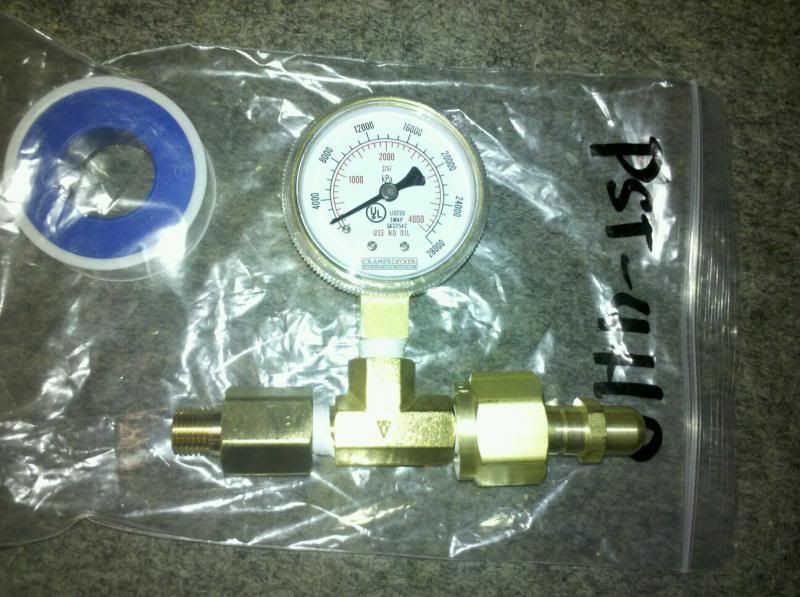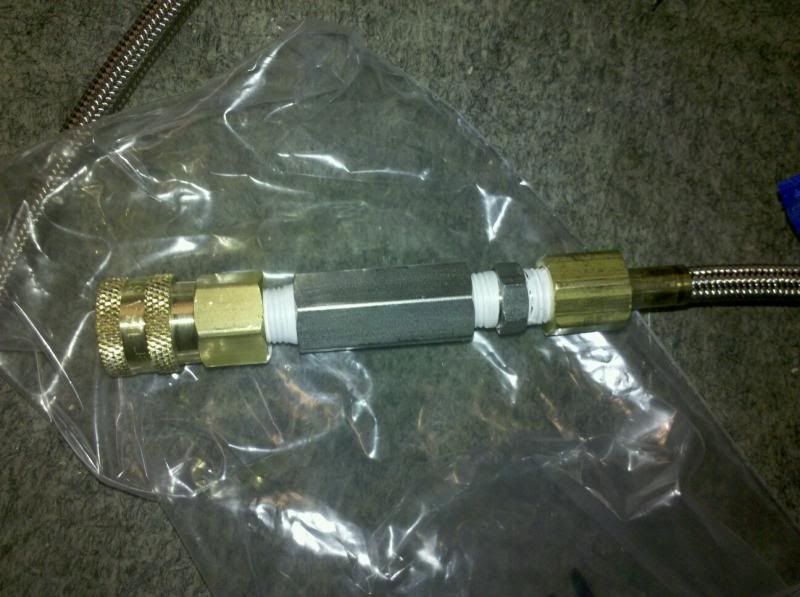KD8NPB
Contributor
Any thoughts?



I have some Sherwood line valves, cleaned with boiling TSP, ready to rock with new Kel-F seats... however, I wasn't sure if I needed them. I was going to add one between the orifice flow restrictor and the QD male fitting on the O2 tank portion of the whip.
Flow chart is as follows:
CGA 540 -> Street Tee (gauge, el-cheapo) -> Orifice, flow restrictor -> QD male (have not installed yet) -> QD female -> check valve -> male-to-male SS bushing -> braided O2 hose -> O2 needle valve -> street tee (gauge, Dwyer DPG-011) -> DIN fill w/ bleeder
The QD fittings are the Parker ST series, so they are a pass-through with no restriction.
The Dwyer gauge has not been installed because I still want to clean it with some 3M Novec 7011 vapor degreaser.



I have some Sherwood line valves, cleaned with boiling TSP, ready to rock with new Kel-F seats... however, I wasn't sure if I needed them. I was going to add one between the orifice flow restrictor and the QD male fitting on the O2 tank portion of the whip.
Flow chart is as follows:
CGA 540 -> Street Tee (gauge, el-cheapo) -> Orifice, flow restrictor -> QD male (have not installed yet) -> QD female -> check valve -> male-to-male SS bushing -> braided O2 hose -> O2 needle valve -> street tee (gauge, Dwyer DPG-011) -> DIN fill w/ bleeder
The QD fittings are the Parker ST series, so they are a pass-through with no restriction.
The Dwyer gauge has not been installed because I still want to clean it with some 3M Novec 7011 vapor degreaser.




